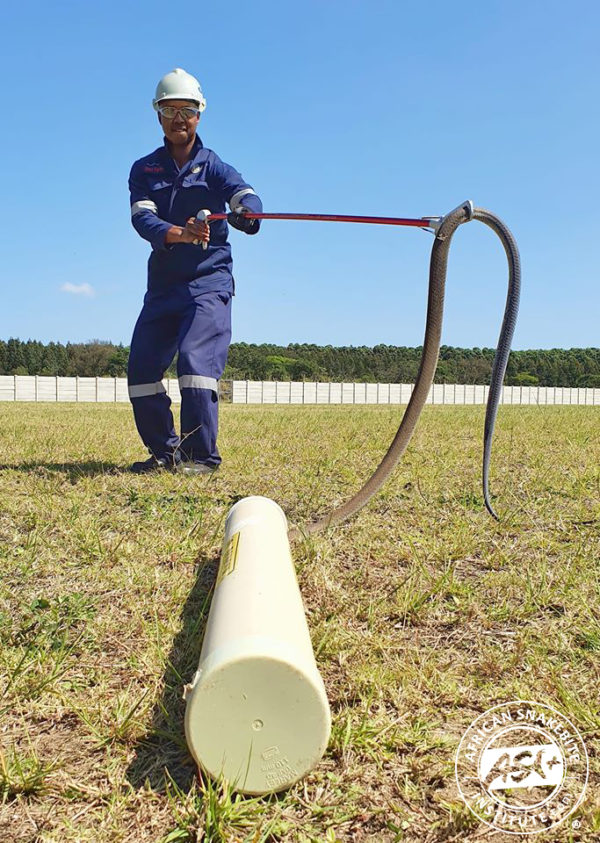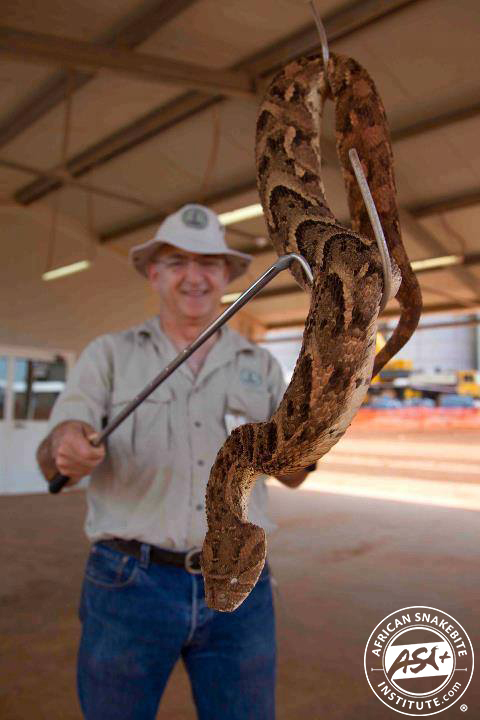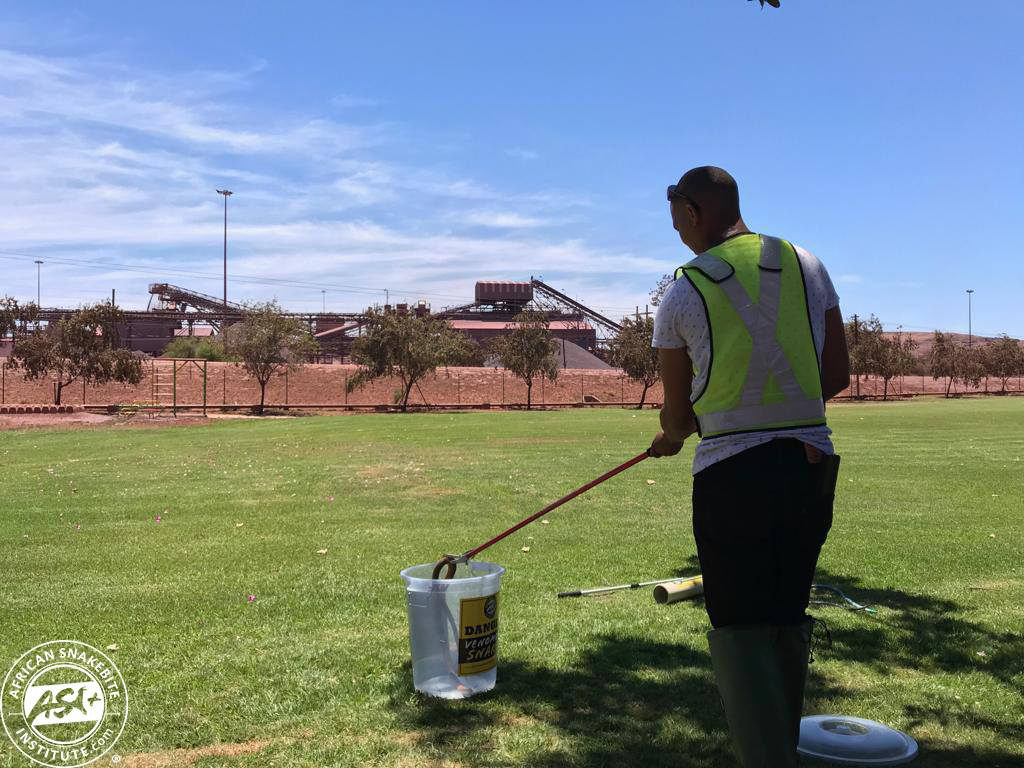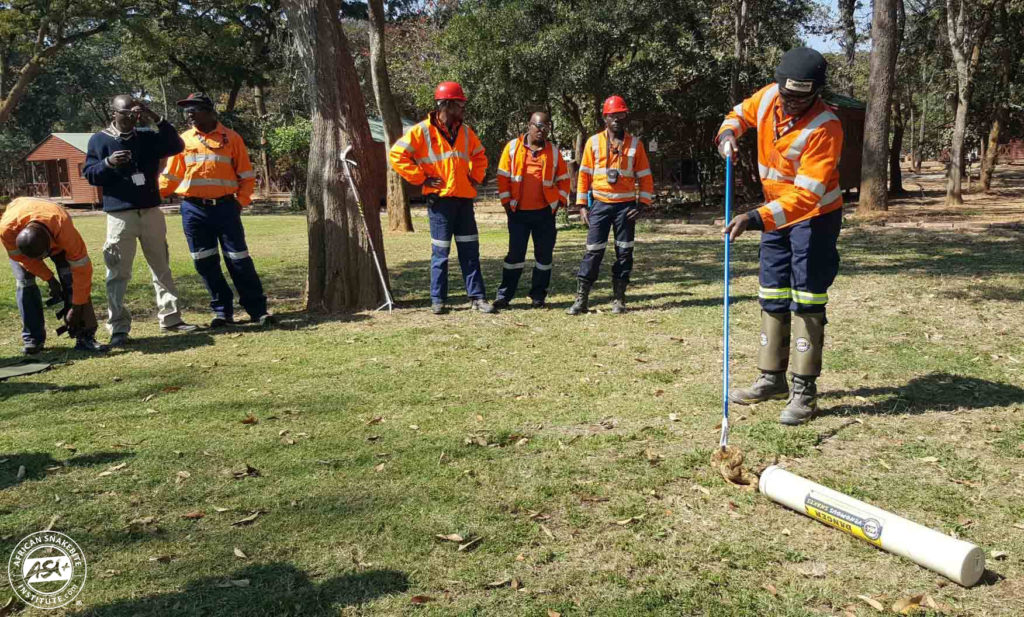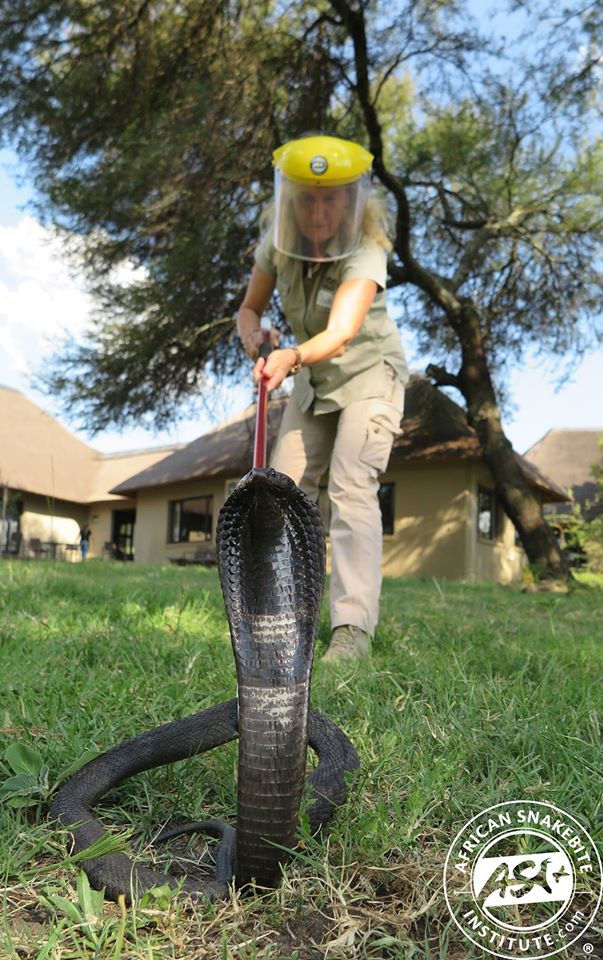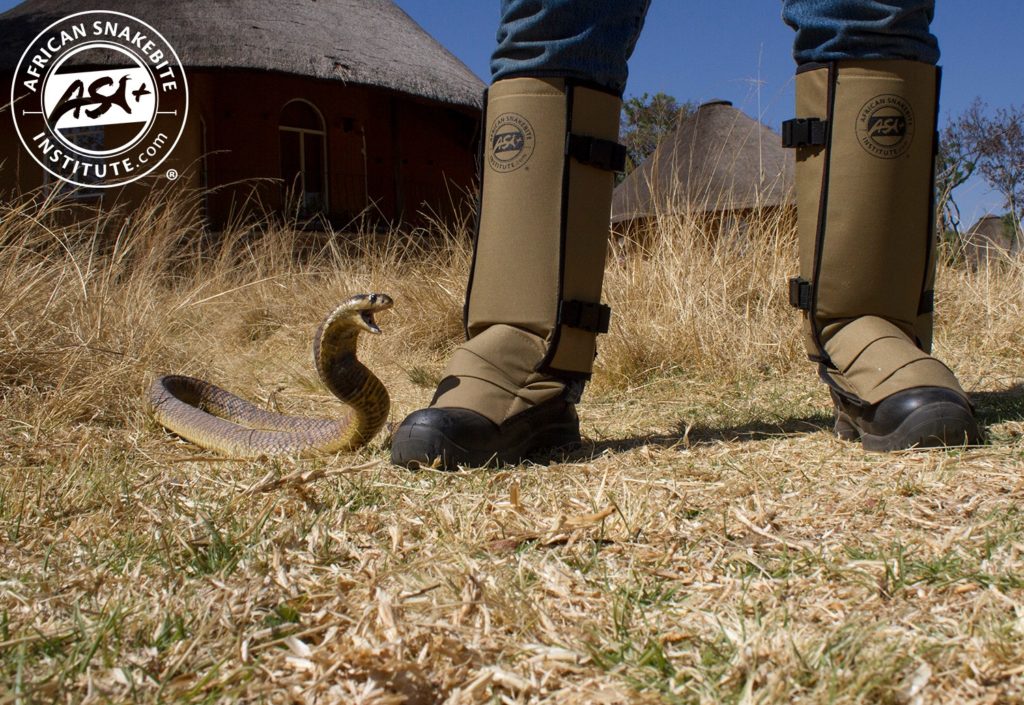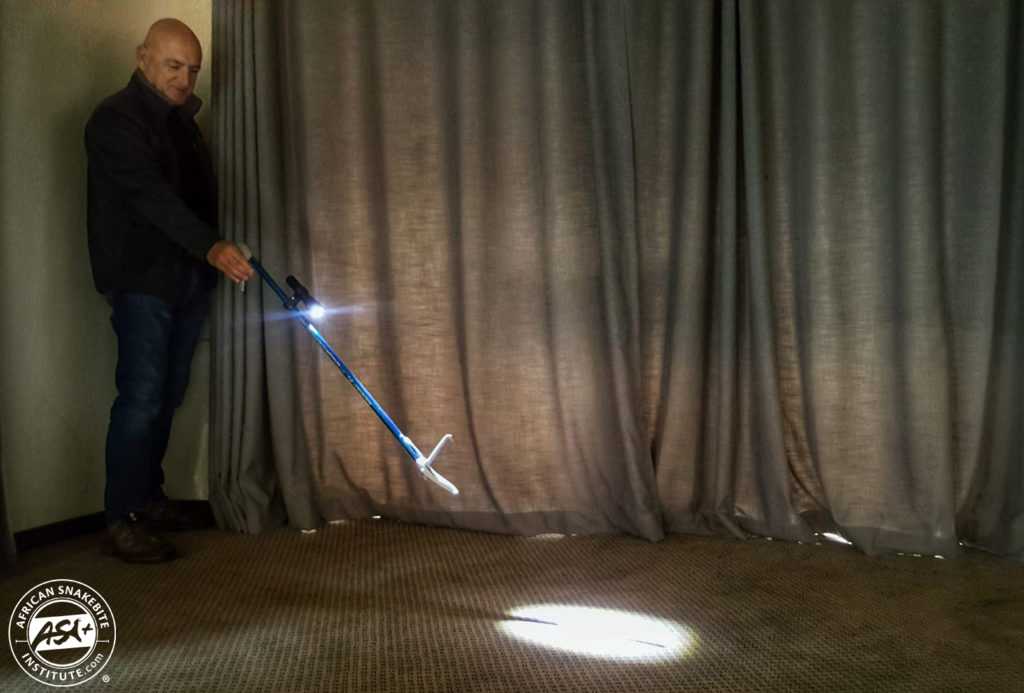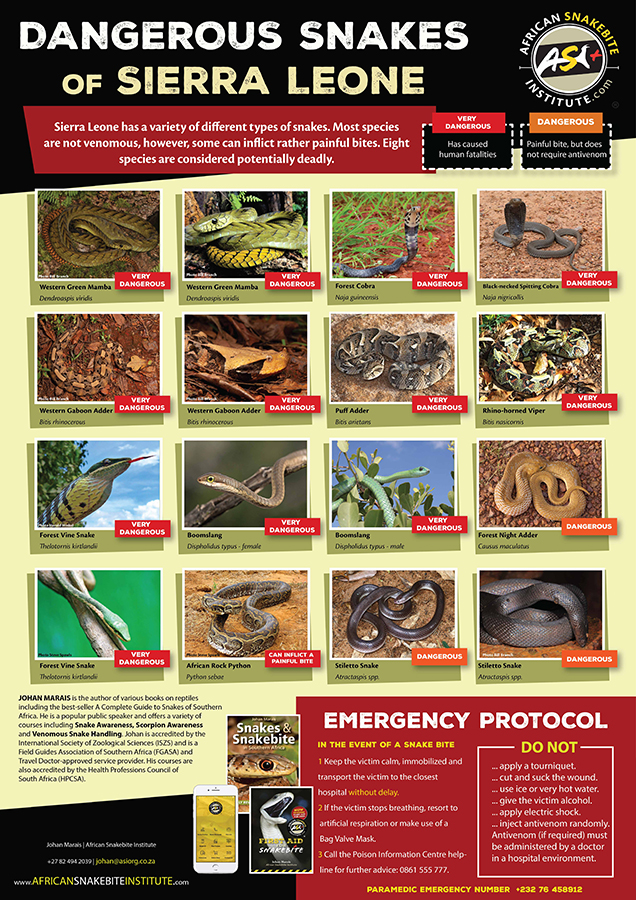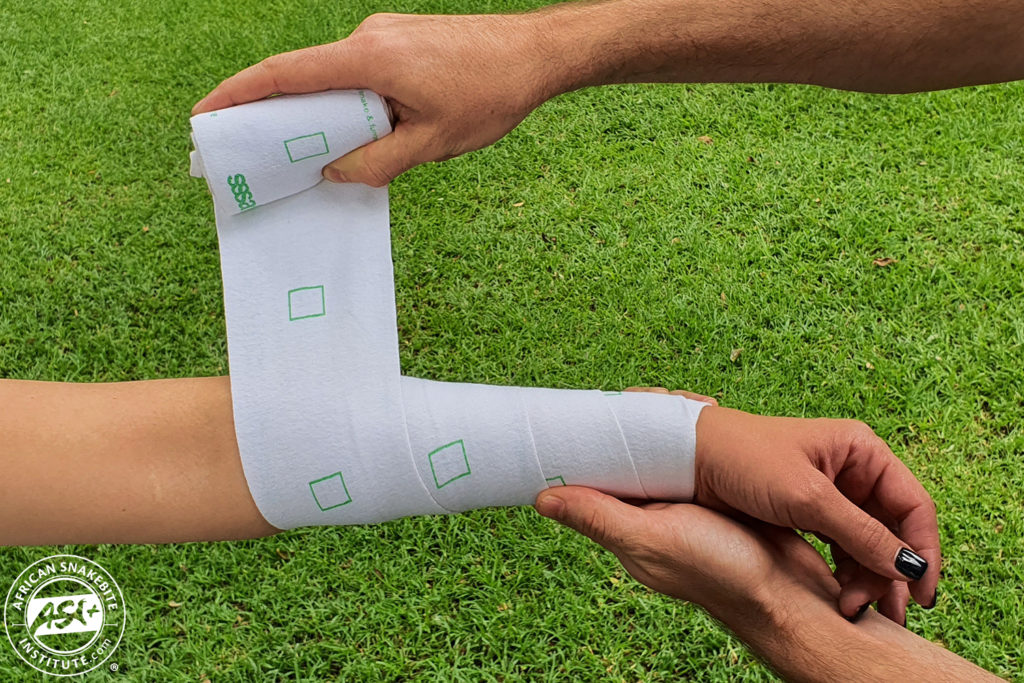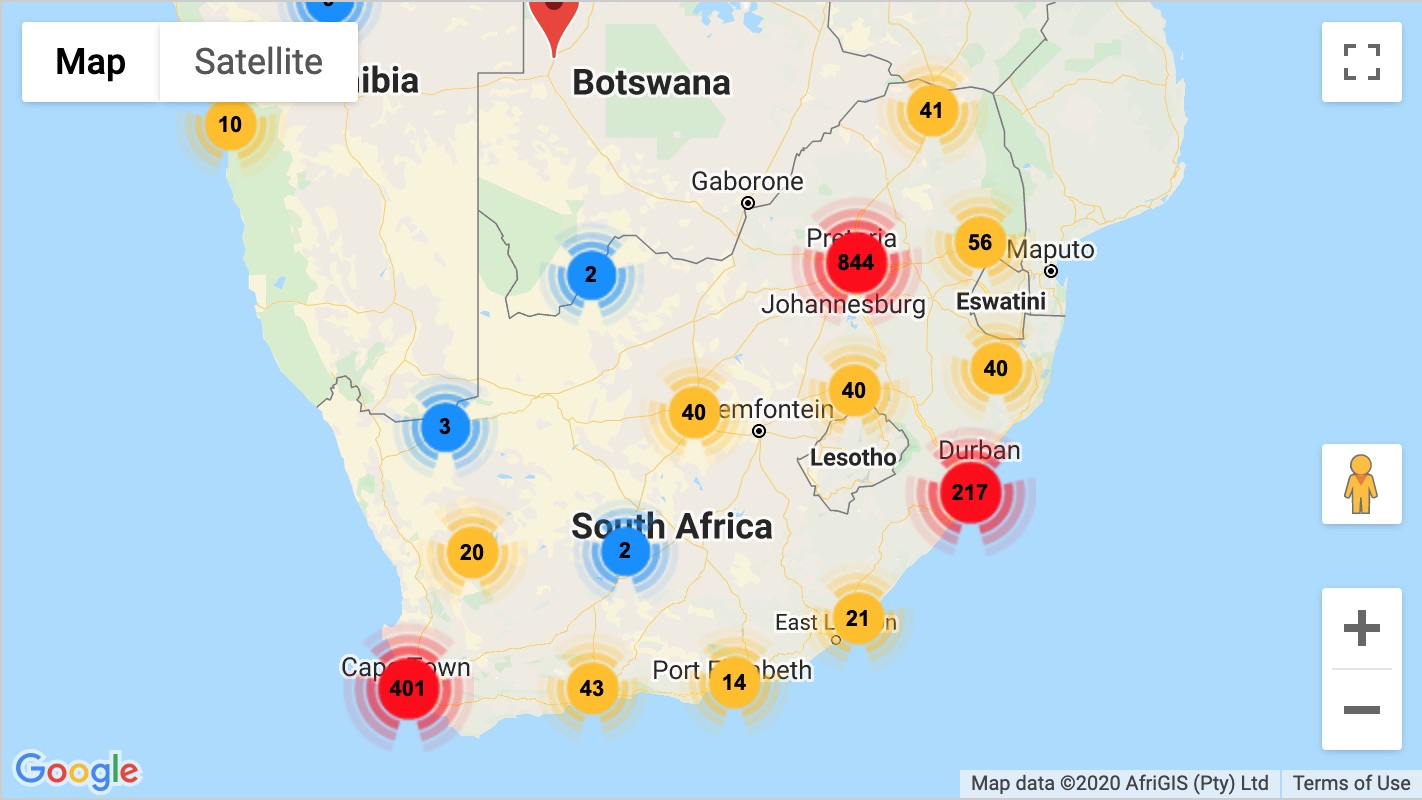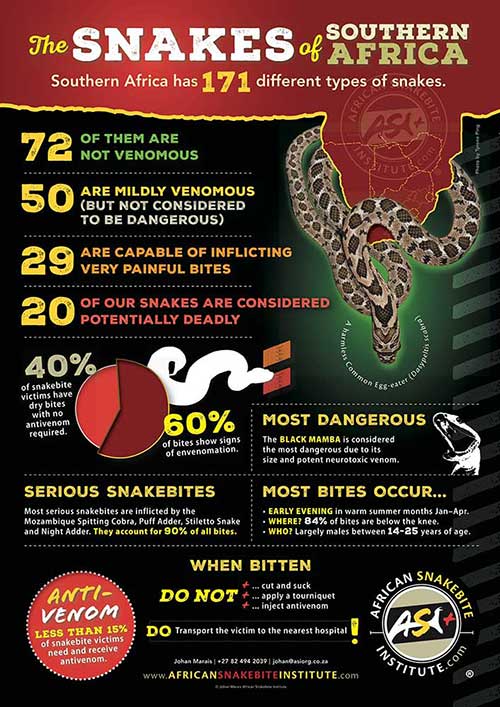PLEASE NOTE. Our offices will be closed from the 12th of December 2025 – until the 5th of January 2026. Last date for orders will be the 8th of December 2025. Any orders placed after the 8th of December 2025, will only be dispatched after the 5th of January 2026.
All corporate sites are responsible for the health and safety of their employees whilst on-site. For sites situated in areas where staff are exposed to snake encounters, it is imperative that staff are given correct training in snake awareness, and what to do in the case of snake encounters on-site. For remote sites, having some trained snake handlers on each shift can be an invaluable asset.
Southern Africa has around 176 different types of snakes, and although a large percentage of them are considered harmless or mildly venomous, we have 20 species which are considered potentially deadly. Snakebite in Southern Africa can be extremely expensive to treat, with bills running from tens to hundreds of thousands of Rands.
As per section 8 of the Occupational Health and Safety act, employers must ensure a safe working environment for their staff, eliminating hazards where possible. Snakes on-site can prove an extreme hazard, one which can largely be mitigated with training of staff. The presence of snakes in the workplace is problematic and the risk of serious snakebite high. All snakes found in the workplace, irrespective of whether such a snake is deemed dangerous or not, must be removed safely and relocated elsewhere.
Snake awareness and first aid for snakebite training includes snake identification, what to do in snake encounters, snake behaviour, dispelling myths and superstition and what to do in the instance of snake bite.
Snake handling courses teach delegates safe protocols for snake removal using the correct snake handling equipment (snake tongs, hooks, buckets and tubes). At no stage should delegates be making physical contact with the snakes, as this is unnecessary and goes against the health and safety regulations of most corporates.
Snake removals should only be undertaken by certified snake catchers that are equipped with the correct training, permits and snake handling equipment.
We have put together a check list of all the important aspects of snake removal. We offer training on sites throughout Africa and in a number of different industries, and this checklist covers the basics for most sites.
CHECKLIST
Valid Snake Handling Certificates for all snake handlers on site
Valid catch and release permits for all handlers on site
Signed Snake Removal Protocols
Equipment checklist
At least 1 full set of working snake removal equipment, comprising of the following:
1.5 meter snake tong
Snake Hook
Snake Bucket
Snake Tube
Snake Goggles or Face shield for spitting snakes
Snake Gaiters
Torch (and tong mount)
Site Specific Snake Poster
First Aid kit or access to on-site ambulance services
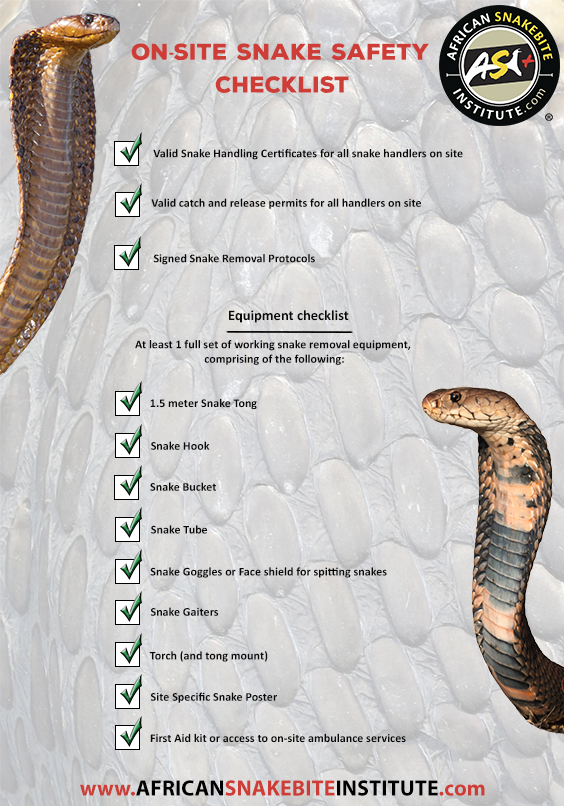
Valid Snake Handling Certificates for all snake handlers on site.
As part of health and safety protocols, employees who are earmarked to remove snakes on site need to undergo an accredited snake awareness, first aid for snakebite and venomous snake handling course. The course certificates are valid for 2 years, after which their training needs to be refreshed. Most environmental policies require that no killing of animals on-site takes place and educating non-snake handling staff on snake awareness is important as they should know what to do should they encounter a snake on-site.
Valid catch and release permits for all handlers on site
By law all snake removers are required to have a valid catch and release permit, which is issued by the Nature Conservation offices in their area. In most provinces, these permits are valid for 1 year. The removers need to keep a log of what snakes are caught, where they were caught and released.
The African Snakebite Institute can assist the delegates with this through our Snake Rescue Association.
Signed Snake Removal Protocols
All sites need to make sure that the protocols taught to the snake handlers during training are fully understood and adhered to in all snake removal situations. The Snake Removal Protocol document highlights important points of removal, for example, never making physical contact with the snakes.
At least 1 full set of working snake removal equipment
It’s vitally important to ensure the snake handling equipment is kept in good working order, and that the snake remover/s know where it is stored and have easy access to it at all times. Most large sites have more than one sets of snake removal equipment, kept at various points around the site to ensure easy access in an emergency situation. Should your site need equipment, and you’re not sure what to choose, we have put together a quick Guide to Buying Snake Handling Equipment, which you can view here.
1.5 meter snake tong
The 1.5 meter snake tong is an important piece of snake removal equipment. Due to its length it is safer than the 1 meter option, while still being a functional length. CHECKPOINT. Make sure to check that the trigger and the jaws open and close without any hindrance. The jaw lip on the tongs should be at least 3 cm long – this makes a huge difference when it comes to working with snakes.
Snake Hook
A snake hook is used to remove the larger bodied snakes like Puff Adders. CHECKPOINT. Make sure the “U” of the hook is well attached to the shaft and that there is no movement between the two. Also make sure the “U” of the hook is large enough to accommodate thick bodied snakes without squashing them (you can use your forearm to test this).
Snake Bucket
Snake buckets come in two different sizes: 50 liter and 70 liter. The 70 liter bucket is preferred on most sites. Make sure your snake bucket is round, as square or rectangular tubs don’t work well. Snakes quickly find a corner and glide out before you have time to secure the lid. We make extensive use of transparent buckets, which enables the remover to safely watch the snake at all times during the capture. Use “Venomous Snakes” stickers to clearly demarcate that these buckets are potentially dangerous. Crumpled newspapers can be placed in the bucket to provide a hiding place for the snake. CHECKPOINT. Make sure that both the bucket and lid do not have any cracks – snakes can easily push through these. Also ensure that the clips on the handles still secure the lid to the bucket, and that the warning stickers are still readable.
Snake Tube
Another great option for securing snakes is a snake tube. The tubes come in a range of sizes, but the 750mm option is the most popular. CHECKPOINT. Make sure the tube and lid are undamaged and that nothing is preventing the lid from being screwed on easily – dirt may get stuck into the thread making it difficult to screw the lid on. Make sure the lid handle is well attached. If the lid is jamming, wipe down the rails and lubricate them with candle wax (this is inoffensive to the snakes). Snake tubes and buckets should be washed with warm soapy water after each removal.
Snake Goggles or Face Shield for spitting snakes
A vital piece of PPE, when working with spitting snakes, to avoid venom in the eyes. CHECKPOINT. For goggles, makes sure the lenses are unscratched and that the arms are unbroken. For Face Shields the visor should be clean and the fastening ratchet or strap in working condition.
Snake Gaiters
Along with the eye protection, snake gaiters form part of PPE. There are a number of gaiter options available on the market. CHECKPOINT. For gaiters with Velcro fasteners, make sure the Velcro is clean and still securing properly. For those with buckles, makes sure each buckle is undamaged and clips closed properly. If the gaiter shows any sign of damage to the material and protection layers, rather replace them than put a handler at risk.
Torch and tong mount
For night-time snake removals or removals in buildings and containers, a good torch is of utmost importance. Those that mount onto snake tongs are a great help to the snake handler. CHECKPOINT. Make sure the torch and mount both work properly and ensure the torch has fresh batteries.
Site Specific Snake Posters
We offer our clients site specific snake posters. There are custom designed, full colour posters with images of snake that occur on site. There is also space for the control room or snake removal team’s emergency contact number. These posters are a great help for snake awareness on site for all staff and can be included in the company’s induction video.
First aid for snakebite
While some sites have fully equipped clinics others make use of an ambulance that is manned by paramedics. Ensure that you have a clearly defined and updated snakebite protocol and that you have the required first aid equipment to deal with such an emergency. This may include smart bandages, pocket masks, and bag valve masks. Should you require information in this regard, please Email Ashley (admin@asiorg.co.za). CHECKPOINT. Sites should have an emergency protocol for snakebite, this should include which hospital a victim will be taken to, how they will be transported, emergency contact details, and the contact number of someone who can identify the snake (if an image was taken).
The African Snakebite Institute is the leading training provider of snake awareness, first aid for snakebite and venomous snake handling courses in Africa. Should you have any queries about training or renewing certificates, please email Ashley on admin@asiorg.co.za
We are also the leading supplier of quality snake handling equipment and carry the largest range in Africa. For any equipment enquiries, please email Mandy on info@asiorg.co.za
If you’d like to receive a quotation on snake training from us, simply complete your details below and we’ll get back to you.
Corporate Course Enquiry - South Africa
Search
Shopping Cart
CONTACT US:
Product enquiries:
Caylen White
+27 60 957 2713
info@asiorg.co.za
Public Courses and Corporate training:
Michelle Pretorius
+27 64 704 7229
courses@asiorg.co.za
Featured Products
-
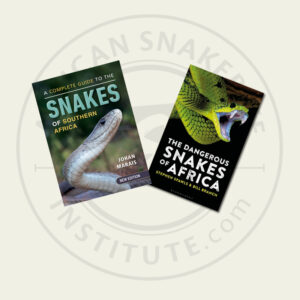 ASI Book Combo 1
ASI Book Combo 1
R1,315.00Original price was: R1,315.00.R1,120.00Current price is: R1,120.00. -
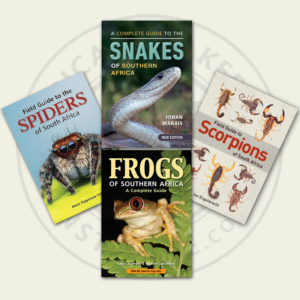 Rangers Book Combo 2
Rangers Book Combo 2
R2,080.00Original price was: R2,080.00.R1,870.00Current price is: R1,870.00. -
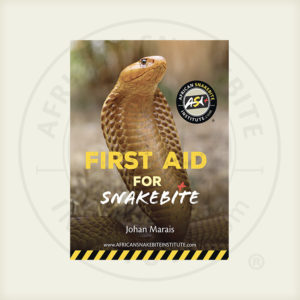 ASI First Aid for Snakebite Booklet
R40.00
ASI First Aid for Snakebite Booklet
R40.00
